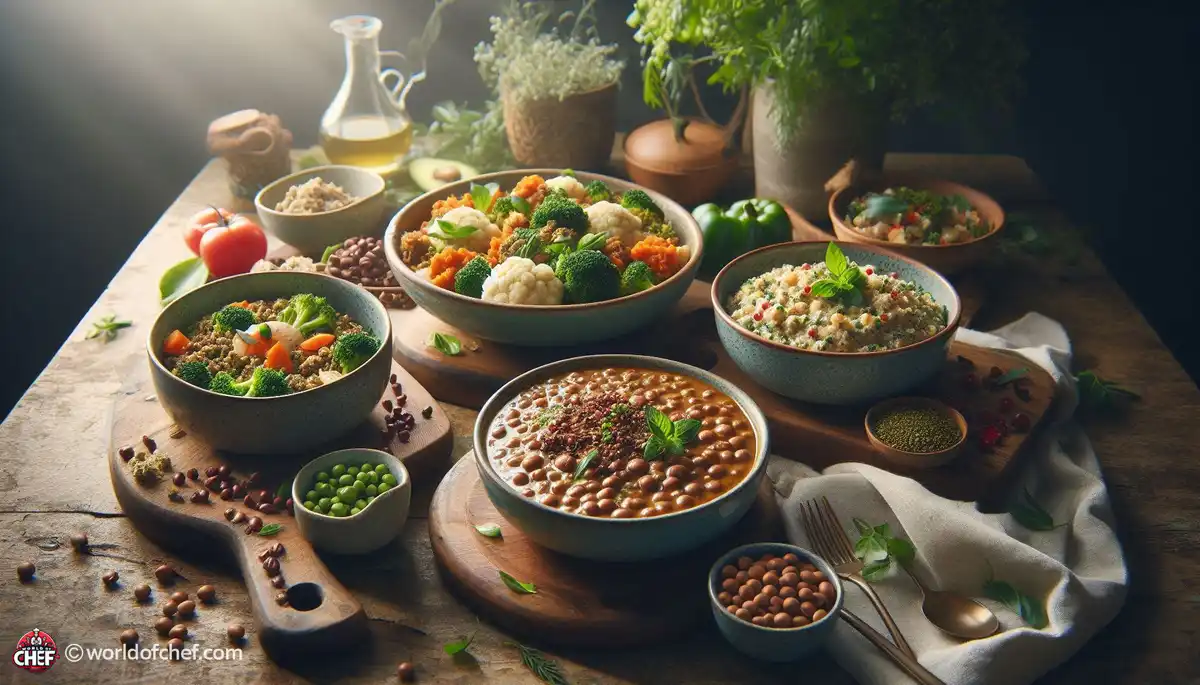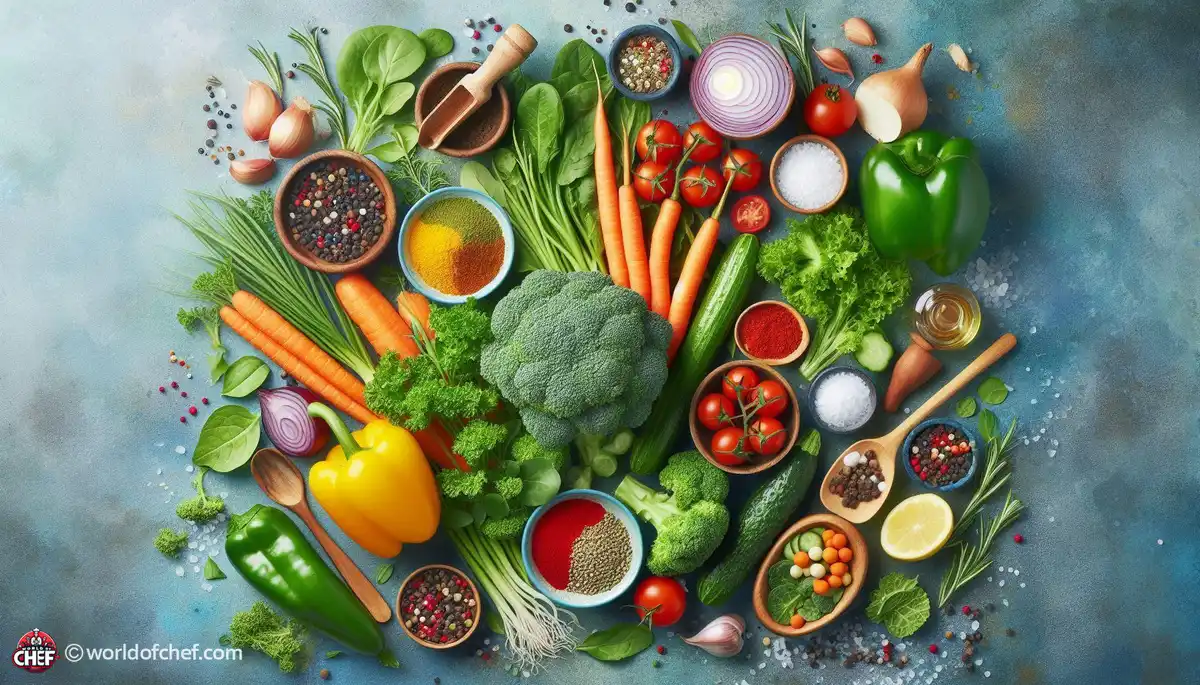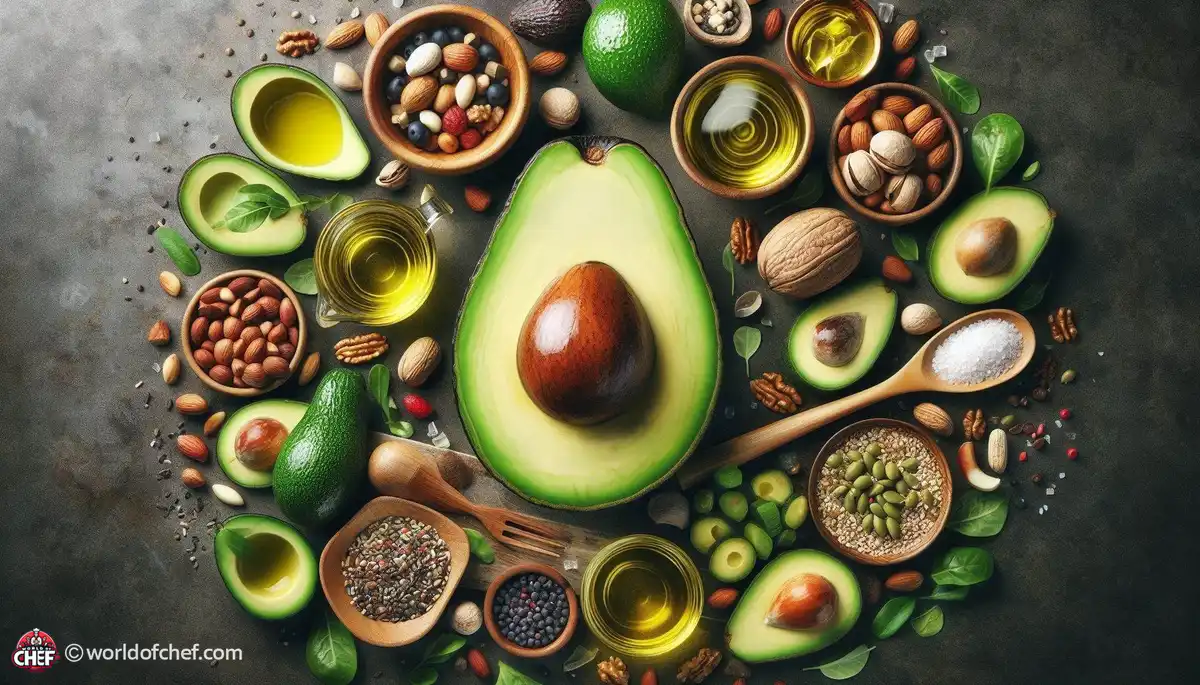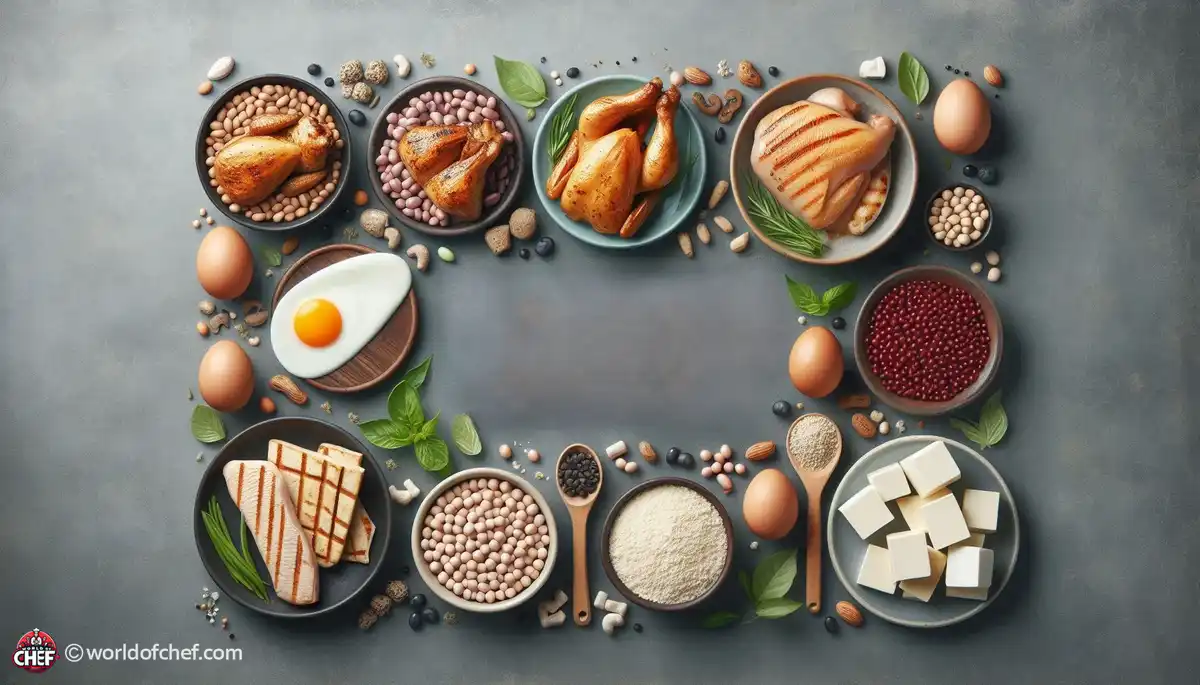
Dinner Delights: High-Fiber Recipes for Every Palate
Clarence Guido - Oct 7, 2024 - 7 min read


Understanding Low-Sodium Swaps Importance Sodium is an important element in our diets, but excessive intake of sodium has been connected to health problems such as high blood pressure and heart diseases. Though it is required by the body for various purposes, many of us end up consuming much more sodium than we need. Most of the time, it comes from processed and restaurant foods that have enormous loads of sodium to add flavor as well as preserve. Therefore, with this knowledge, we are able to get into active steps in reduction of the intake without losing its taste.
This will result in many Health Benefits: low blood pressure, reduction in risk of heart diseases, and even lower risk of stroke. In addition to that, a lower amount of sodium will reduce the possibility of fluid retention as well as work on your kidneys. All of these can be enjoyed once you reduce your sodium level by simple dietary changes so that you continue to relish your taste while your meals.
Read the food labels and know the high-sodium foods so you can make a choice. Look at the amount of sodium per serving and try to choose foods that have less sodium. Do not fall for the term "sodium-free" or "low-sodium" because it may contain a lot of sodium. Instead, look at the actual amount of sodium in milligrams and compare it with your daily intake.
Herbs and spices are excellent salt replacements for flavoring food dishes. Give herbs-basil, thyme, or rosemary-and spices-cumin, paprika, or turmeric-a try to combine and experiment with these. Such herbs and spices not only will provide you with rich, complex flavors but also health benefits such as antioxidants and anti-inflammatory elements. The herbs fresh should be added last. Dry herbs and spices however must be included early because only then do they extract properly and give all the flavours desired.
Citrus juices, vinegar, and wine are among those acidic elements that can add brightness to food with the lowest amount of salt needed for flavor. Lemon juice would brighten up the dishes of seafood or even refresh them a little notch while in balsamic vinegar will add the sweetness to the roasted vegetables. Find that delicate balance in which you might experiment with your recipe; for example, that drop of apple cider vinegar can be added to soup while a hint of lime will be squeezed over grilled meat.
Umami is known as the fifth taste and contributes richness and depth to food. Adding umami-rich ingredients like mushrooms, tomatoes, soy sauce, and miso paste will add savory flavors replicating the richness of salt. The natural glutamates in mushrooms make them useful additions to soups, sauces, and stir-fries. Try using various umami-packed ingredients to open new layers of flavor in your favorite recipes.
Broths and stocks are pantry staples, used as a base for soups, stews, and sauces. But they can be one of the biggest sodium contributors. Whenever possible, choose low-sodium or no-sodium-added varieties; if not, you can always make your own broth and stock at home and adjust the salt level according to your preference. Specifically, vegetable broth can be done using aromatic vegetables and herbs that easily create a highly seasoned yet less sodium-rich soup. Make use of low sodium broth or stock as bases in recipes, which will then bring in less sodium than you are used to intaking.
Fresh and frozen fruits and vegetables are naturally low-sodium options but are rich with many nutrients that foster excellent health. In the process, more Fresh Fruits and vegetables in your diet help lower sodium but increase fiber, vitamins, and minerals. If using canned fruits and vegetables, use those labeled "no salt added" or "low sodium." Wash them under running water for an additional reduction of sodium. You can achieve fresh and frozen products, bright, and appetizing healthy dishes with minimal salt.
Many condiments and seasonings are notorious for high sodium content, but it is easy to find good alternatives that offer bold flavors without added salt. Use low-sodium soy sauce, mustard, and ketchup, or make your own versions with fresh ingredients and herbs. Look for seasoning mixes that are labeled "salt-free" or "no salt added" or even make your own custom mixes at home using a combination of herbs, spices, and aromatics. With a little creativity and experimentation, you can add flavor to your favorite recipes with flavorful, low-sodium substitutes.
With just a few simple adjustments, you can easily take your favorite recipes and turn them into lower-sodium delights without sacrificing flavor. To do this, you may reduce the amount of salt the recipe calls for, depending on herbs, spices, and other flavor enhancers to make up the difference. In addition, you could use leaner proteins instead of high-sodium products, such as processed meats or cheeses, and find fresher alternatives. Do not be afraid to get creative and experiment with different Flavor Combinations until you find the perfect balance for your palate.
Soups and stews are comfort food classics that can easily be adapted to your taste preferences and dietary needs. While preparing soups and stews, emphasize the layering of flavors by incorporating aromatic vegetables, herbs, and spices. Do not add salt until right at the end of cooking, and always taste to make sure all your flavors are balanced. Further seasoning can also be achieved by using low-sodium broth or a splash of acid to brighten the dish. With a little patience and paying attention to detail, hearty, satisfying soups and stews can be prepared with very little sodium and rich flavor.
Baked goods, bread, muffins, cookies, and so many other treats often contain a lot of sodium because salt is commonly included with dough or batter. Cut the salt called for in the recipe or omit it entirely if its presence won't make much of a difference. You can substitute other ingredients such as unsalted butter, applesauce, or yogurt to add moisture and flavor with no salt added. Enjoy baked goods but do not overindulge in sodium by getting creative and experimenting.
There is difficulty in reducing sodium intake from dining out. Most foods served in restaurants are laden with salt to make it taste better. However, some can be done during meals out of the house to be on the right track but not overdo the sodium level. Menu items prepared grilled, steamed, or roasted, and not fried or dripping with heavy sauce, have less sodium. Ask that your sauces and dressings be served on the side, so you have control over how much of them you add to your food. Also, order your dish to be made without added salt. If you pay attention to what you order and communicate your needs, you can still dine out and take care of your health.
When eating out, don't be afraid to ask for substitutions or changes to lower the sodium level of your meal. Steamed vegetables or salad instead of fries or chips is a good way to cut the sodium content of your meal. Also, ask that the sauces and dressing be put on the side so you can actually control how much of those you're eating. If these options are available, then request low-sodium versions. Most restaurants are accommodating when it comes to patients' Dietary Preferences, so don't be afraid to speak out and advocate your health needs.
Even when you dine out, portion control is important in controlling sodium consumption. Restaurant portions are larger than our typical portions that we have at home which increases sodium consumption. Share an entrée with a dinner date or ask for a half size to keep portions under control and reduce sodium. Alternatively, you can ask for the to-go box up front and portion out half of the meal before you start to eat. That way you can dine out and not get carried away with high sodium dishes.

Clarence Guido - Oct 7, 2024 - 7 min read

Lydia Timmerman - Oct 6, 2024 - 6 min read

Logan Trowbridge - Oct 6, 2024 - 7 min read

Wayne Tobar - Oct 4, 2024 - 8 min read